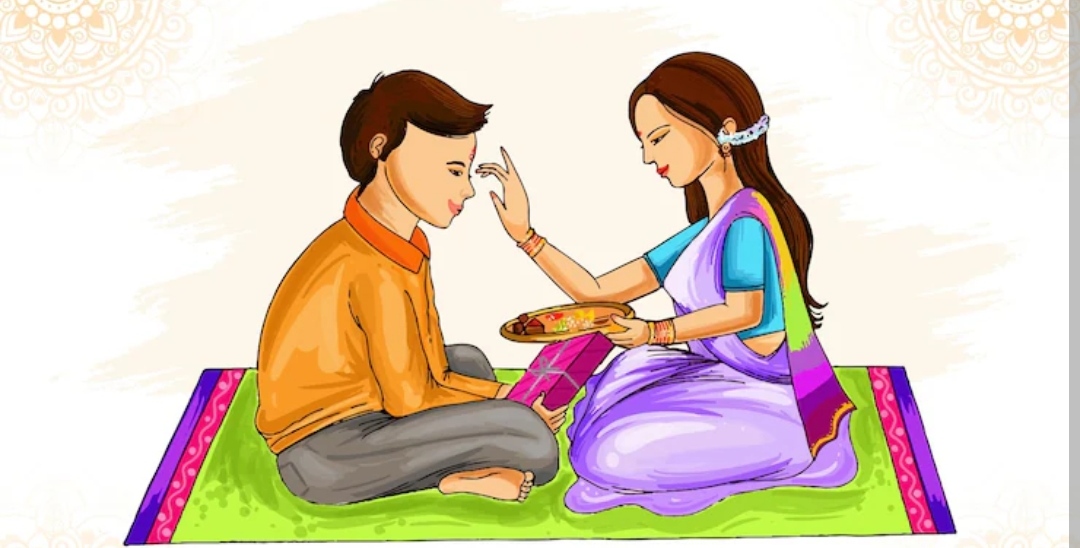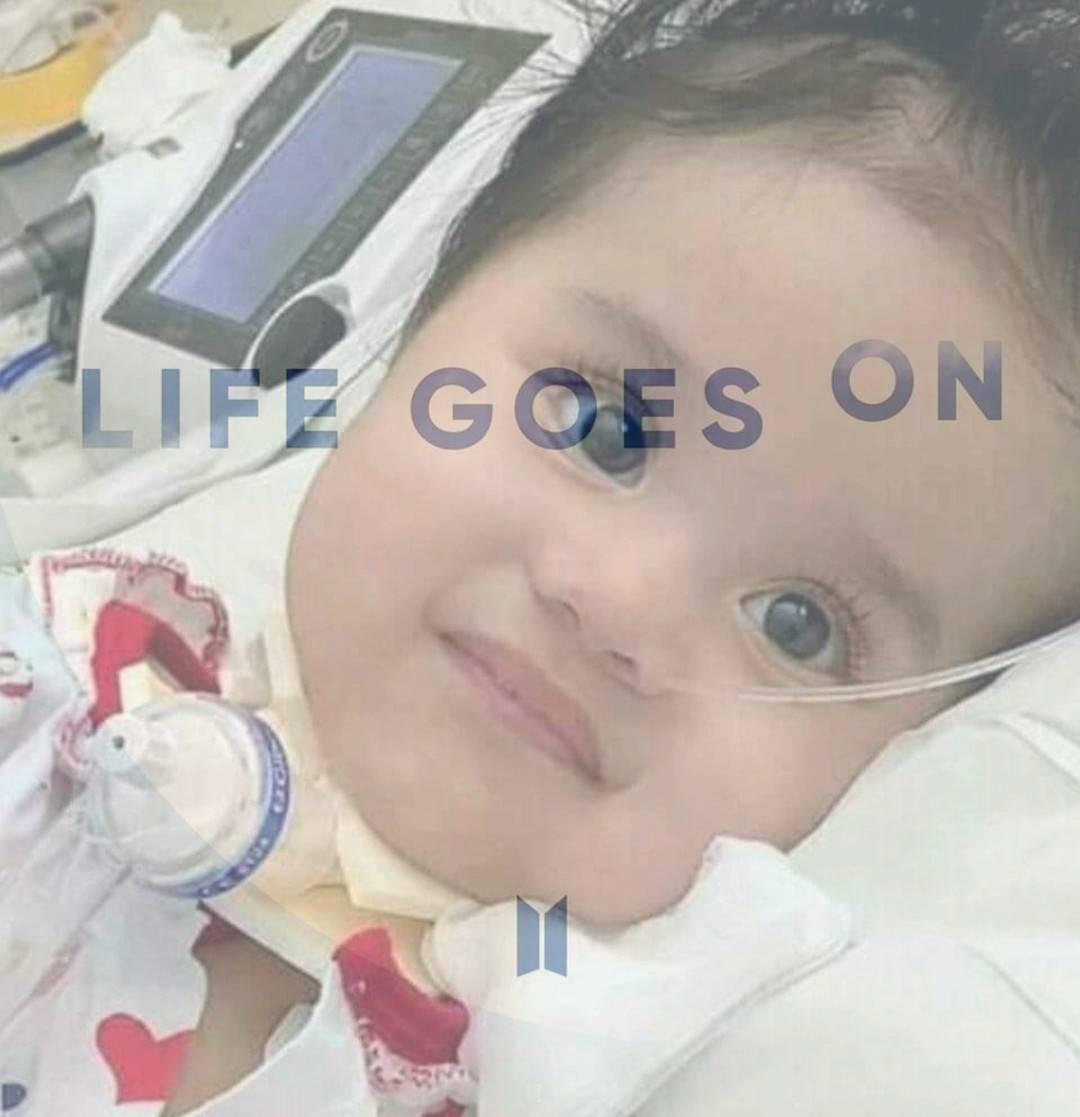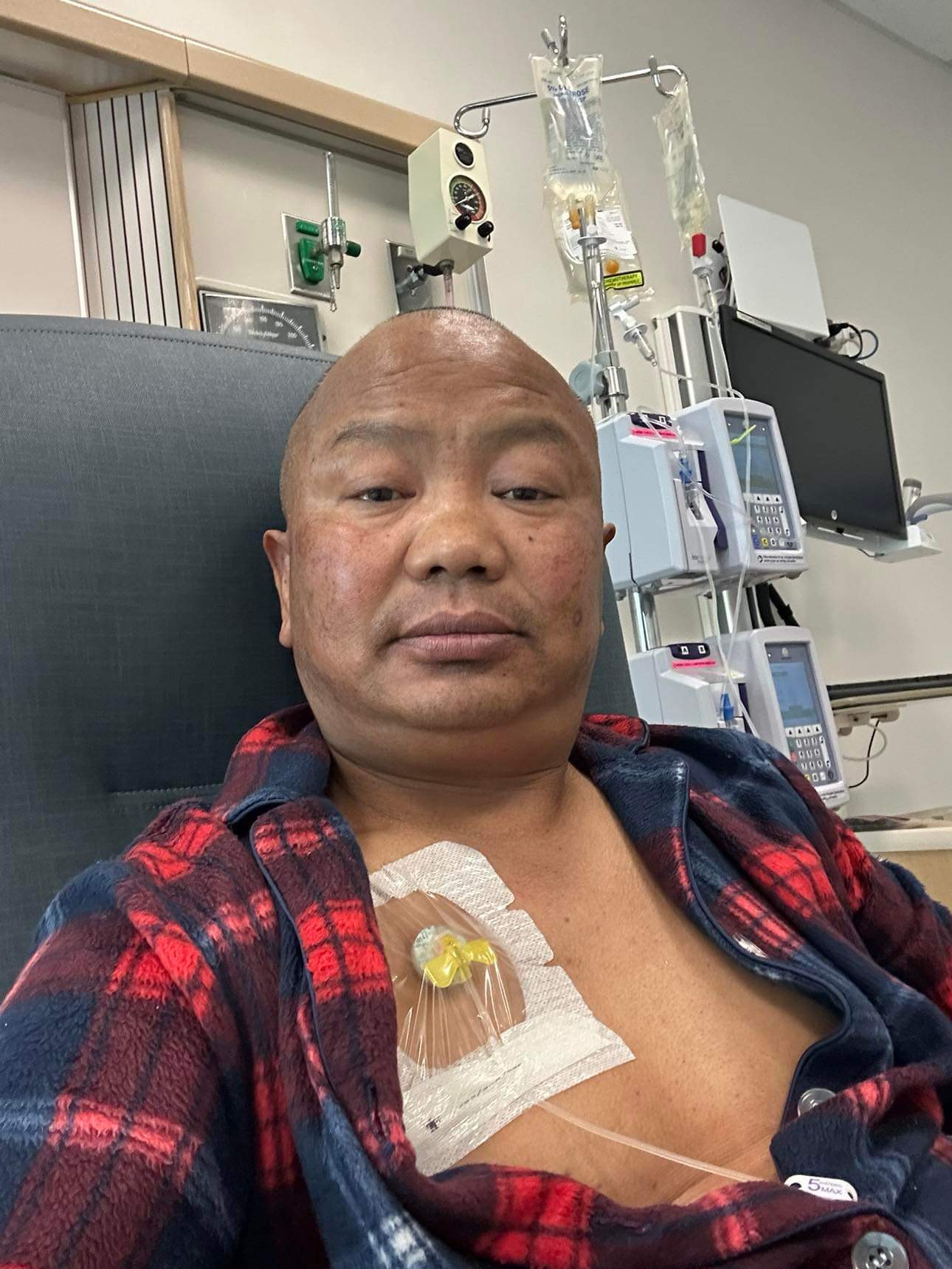
– Salina Begam
When we have a disease, our body often shows some kind of visible signs and symptoms that are matched with etiology of the disease. Usually, we visit a doctor, do what doctor prescribes us, take medicines if required, and then get back to normal health. But is it same and easier when we have mental illness, like depression?
Depression is a common mental disorder which is characterized by persistent sadness and a lack of interest or pleasure in previously rewarding or enjoyable activities. Depression is different from usual mood fluctuations and short-lived emotional responses to challenges in everyday life. Especially, when long-lasting and with moderate or severe intensity, depression may become a serious health condition. It can cause the affected person to suffer greatly and function poorly at work, at school or colleges and in the family. At its worst, depression can lead to suicide. (World Health Organization, WHO)
According to WHO, more than 264 million people of all ages suffer from depression globally, whereas, nearly 800,000 people die due to suicide every year. Suicide is the second leading cause of death in 15-29 years old. According to Worldwide Projections by WHO for the year 2030, it has identified that unipolar major depression will be the leading cause of disease burden.
COVID-19 pandemic has become a traumatic event of a much larger scale all over the world. It has caused physical, emotional and psychological distress not only for the people who are COVID-19 positive but also other people who are at risk of the infection. A meta-analysis report of community-based studies on “Prevalence of Depression during the COVID -19 Outbreak” has showed that comparing with a global estimated prevalence of depression of 3.44% in 2017, the polled prevalence during COVID-19 appears to be 25% which is 7 times higher. This suggests a great impact of COVID-19 outbreak on people’s mental health and has triggered more suicidal events during this lockdown period.
While we are so focused on the physical impact of COVID-19 and have been working tirelessly to keep our faces covered, wash our hands and maintain social distancing from everyone including our loved ones, we may not have realized how the pandemic and quarantine has affected our mental health.
Anyone can experience an episode of depression at any age. It can be seen in children, teens, adults and older ages too. Signs of depression don’t look same in every individual. It can vary quite a bit from one person to another; especially from one age group to another.
In Children: Depression is rare among children under 12, however it may occur in some cases. Common signs include feeling persistently sad and lonely, problems at school, loss of interest in fun activities, changed eating habits, weight loss or gain, difficulties with family members, anxiety, clinginess and avoiding school and social activities. Many factors such as domestic violence, divorce and other family stressors, learning problems, abuse, moving to a new town or school and the loss of family member, friend or a pet can trigger depression in children.
In Teens: Wide mood swings are normal in those ages of 12 to 18. But looking towards depression, watch for mood changes that long laster than a few weeks, problems at school, home or with friends, unusual levels of irritability, feelings of worthlessness, anger and extreme sensitivity, sleeping or eating too much, avoiding friends or others, loss of interest in activities, or self-harm behaviors such as cutting of nerves and alcohol or drug use. Most of the same life issues that affect young children can trigger depression in teenagers. In addition, depression in teens may arise from pressures to fit in, lack of sleep, hormonal issues, sexuality concerns, and rejection by peers.
In Young Adults: Young adults ages 19 to 29 can sometimes develop depression due to major life transitions, lack of support and coping skills, relationship issues, poverty, trauma, work issues and more.
In Midlife Adults: Adults ages 30 to 60 tend to have a lot of ongoing factors that can trigger depression such as caring for children as well as aging parents, financial stress, isolation, work and relationship issues, menopause and perimenopause and dealing with major illnesses. In addition to the common signs of depression, some people might exhibit drug or alcohol abuse, anger, risky and abusive behavior.
In Senior Adults: Symptoms of depression in seniors include trouble sleeping, fatigue, sadness and anxiety, physical aches and pain, trouble focusing or making decisions and mood changes that don’t let up. Many seniors develop depression from dealing with common late-life issues, social isolation, major health problems, financial issues and major life losses such as the death of spouse.
Similarly, depression is different for different person. Not all depressed people want to sleep all day. Some people take to overeating to compensate their feelings of despair while others may have no appetite. The changes in behavior can be subtle.
Sometimes, depression can be behind smiling faces too which is commonly known as smiling depression. Smiling depression means appearing happy to others and keeping the inner turmoil hidden. It’s a major depressive disorder with atypical symptoms of smiling through the pain and as a result, many don’t know they are depressed or don’t seek help. People with smiling depression are mostly partnered or married, employed and are quite accomplished and educated. But behind the closed doors, their minds are filled with thoughts of worthlessness, inadequacy and despair. Many don’t disclose their depression due to fear of discrimination from loved ones or employers and also fear of being recognized as a stigma in the society.
As symptoms of depression vary from one person to another, we must understand that depression doesn’t have a specific face. It can occur at any stage of life and to anybody else. Thus, it is very important to create awareness among people to de-stigmatize the mental illness. As depression can be treated, anyone having a depression should not hesitate to visit hospital for the treatment. A friendly and caring environment at home or among peer groups should be provided so that people having difficult emotions can share their feelings with you. Listen to their concerns and symptoms carefully. Pay attention to your loved ones to learn about the changing behaviors so that you can provide support and companionship during their hard times. Also, if you ever feel yourself alone and depressed then reach out to your closed ones; open up how you feel and find activities that are meaningful to you and make you feel productive and accomplished.
– BPH 3rd year
CiST College ,New-Baneshwor, Kathmandu.























